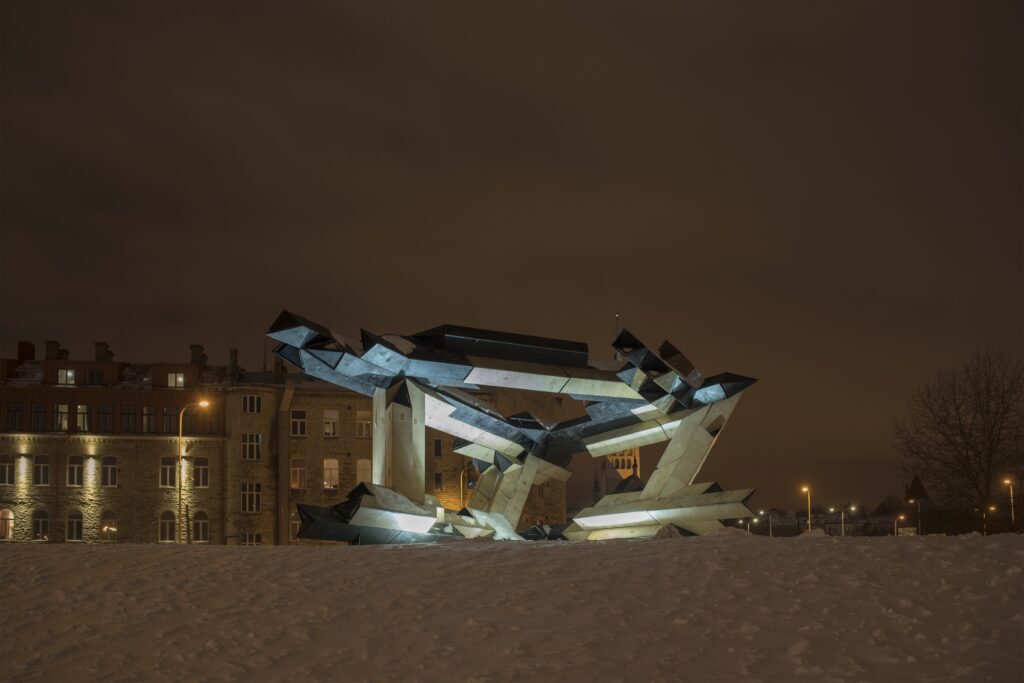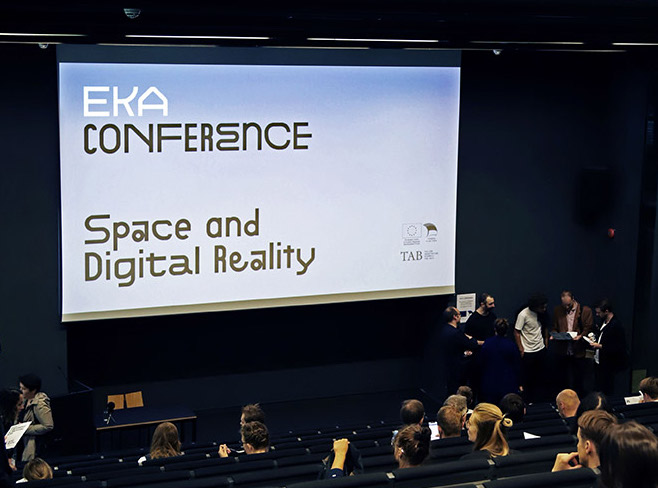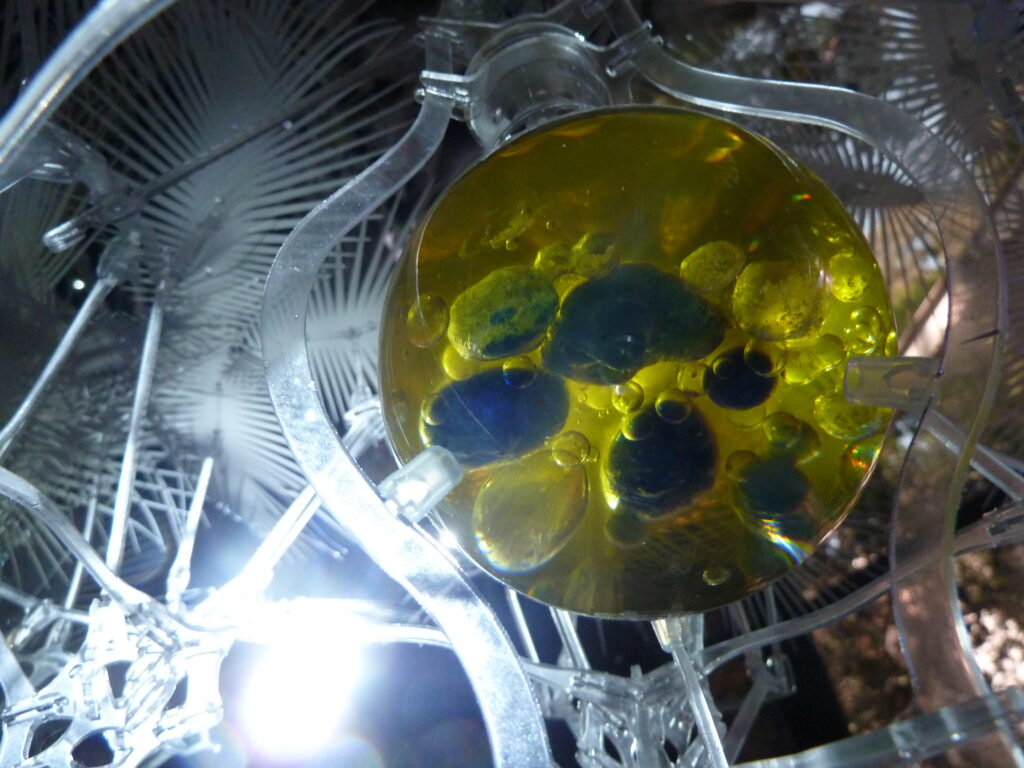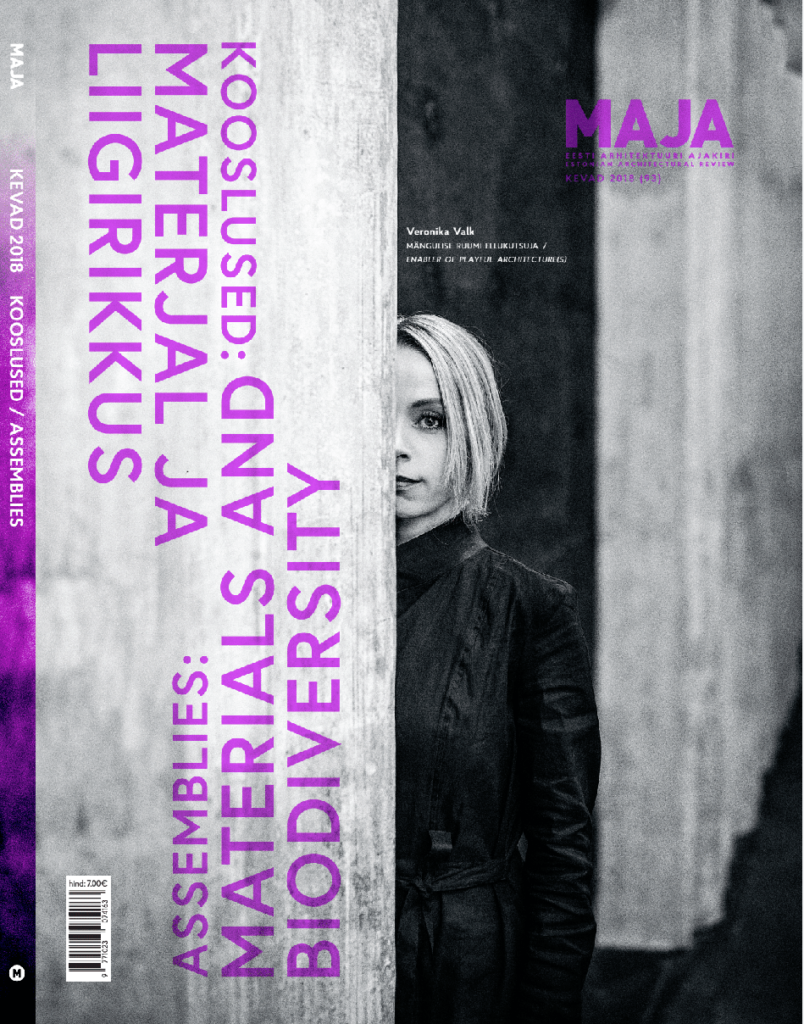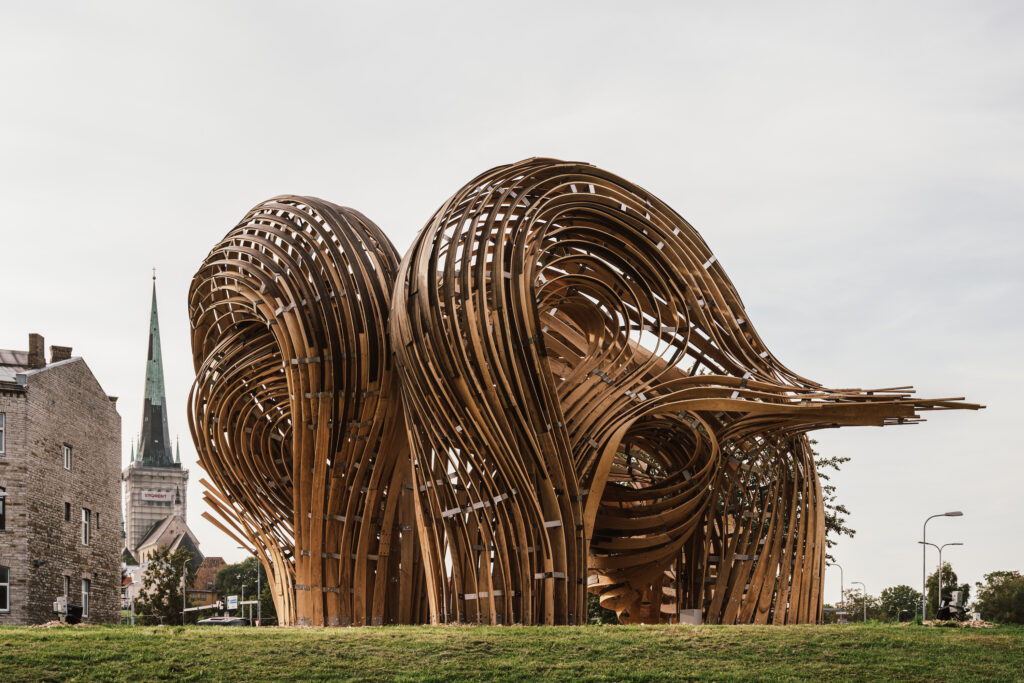A Discrete Paradigm for Design and Production.
The top-level conference held at the Estonian Academy of Arts during the Tallinn Architecture Biennale dealt with the effect of digitality on architecture, production processes and society.
The translation of human thinking and machine thinking in architectural design is ambiguous, their mediation requires the architect to ask the questions “How come?” and “What for?” over and over again in the process.
There is an ongoing discussion how to reach novelty in architecture with computation-driven tools, combining material knowledge with fabrication possibilities. In an attempt to seek for the new spatial qualities emerging and deepening the collaboration between the stakeholders of construction, we discuss it with experimental architect Rachel Armstrong, fiery engineer Manja van de Worp and innovating fabricator Jelle Feringa.
Tallinn Architecture Biennale (TAB) "Beauty Matters: The Resurgence of Beauty“, 11.09–15.09 2019.
Although architecture may help to solve (and it does solve) problems, we should not regard it as a primary tool for solving social etc. problems but as a creator of values, novelty and wellbeing. In the 20th century, the creative part of architecture that can also deal with the question of human condition has been undeservedly overshadowed by pragmatics.
ARCHITECTURE AWARDS


